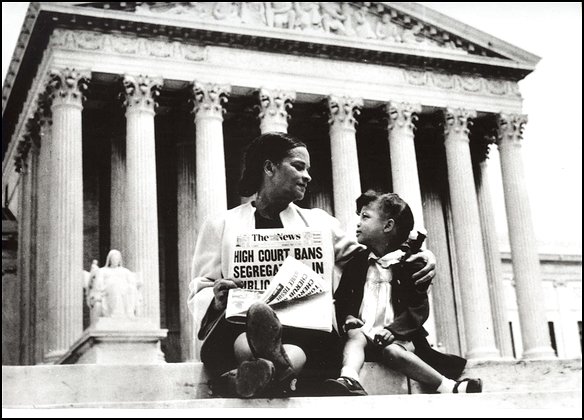(Akiit.com) “It is the policy of the Government of the United States to…promote the full realization of equal employment opportunity through a continuing affirmative program in each executive department and agency.” — President Richard M. Nixon, Executive Order 11478 (August 8, 1969)
Resulting from the concerted efforts of Civil Rights activists, this Executive order was issued to remedy the systemic, pervasive, and traditional discrimination – Institutional Discrimination – that had governed and shaped Federal Government employment practices for decades. From that time forward, Federal employment practices were to be conducted without regard to race, color, religion, sex, or national origin. With the exception of HBCUs, advanced education was singularly available to whites, while fewer opportunities existed for non-whites. Soon after the executive order and assessing the similarities of past discriminatory policies and practices within their ranks, colleges and universities began to acknowledge the need to adjust admission policies to reverse and eliminate practices of institutional discrimination.
At the urging of civil rights activists, increased numbers of Black students were admitted. These increased numbers of admissions were logically justified as remedial, but were also recognized as an enhancement to the academic environment. The resulting intellectual, cultural, and social diversity realized by these “affirmative” admissions created a learning and demographic environment that more closely reflected the general society and provided improved opportunities for positive interpersonal interactions. Although not immediate or without challenges, these bi-lateral goals of eliminating discrimination practices and expanding intellectual diversity were set in motion. Since being placed into practice, these “affirmative” admission policies have faced legal challenges alleging “reverse discrimination.”
Resulting court decisions in high profile cases involving highly ranked institutions have directed modifications to admission policies, but current challenges face a more reactionary social mindset and a more dogmatic Supreme Court. At this writing, the Supreme Court of the United States is entertaining challenges to the admission policies of Harvard University and the University of North Carolina. In this immediate case, Asian American students allege that “race-conscious” admissions have prevented the admission of more qualified Asian American applicants.

According to The Washington Post, “Conservative Supreme Court justices on Monday seemed open to ending decades of precedent allowing race-conscious admission decisions at colleges and universities, expressing doubt that the institutions would ever concede an “endpoint” in their use of race to build diverse student bodies.” TWP adds, Plaintiff’s “attorney, Cameron Norris, representing Students for Fair Admissions, emphasized what he called the harms of racial classifications. “They stigmatize their intended beneficiaries. They increase racial consciousness, which delays the day in which we can move to true racial neutrality. And they cause resentment by treating people differently based on something they can’t change,” he said.” I find Norris’ argument disingenuous, at best. While arguing against “racial classifications,” he argues for a group that accepts their own “racial classification” as the basis of alleged discrimination. It is also disingenuous to believe that, even absent consideration of past experiences, the color of a person’s does not matter, or that, as a class, they would feel stigmatized by actions designed to address past injustice to that class.
One can only ask if “racial neutrality” can ever be achieved or, more practically, if we must be about the work of correcting emerging or remaining vestiges of discrimination where we find them. I’m left to wonder if, for this iteration of the Supreme Court, fifty years is an arbitrary expiration date for SCOTUS decisions that correct long-standing social ills. Like Lee C. Bollinger, President of Columbia University, I agree that if Columbia (and other colleges/universities) is not allowed to consider race, the presence of Black, Hispanic, and Native American students on the Ivy League campus could be diminished. “I would expect it to have a significant impact,” Bollinger said.
Columnist; Dr. E. Faye Williams
Official website; http://www.efayewilliams.com/









Leave a Reply